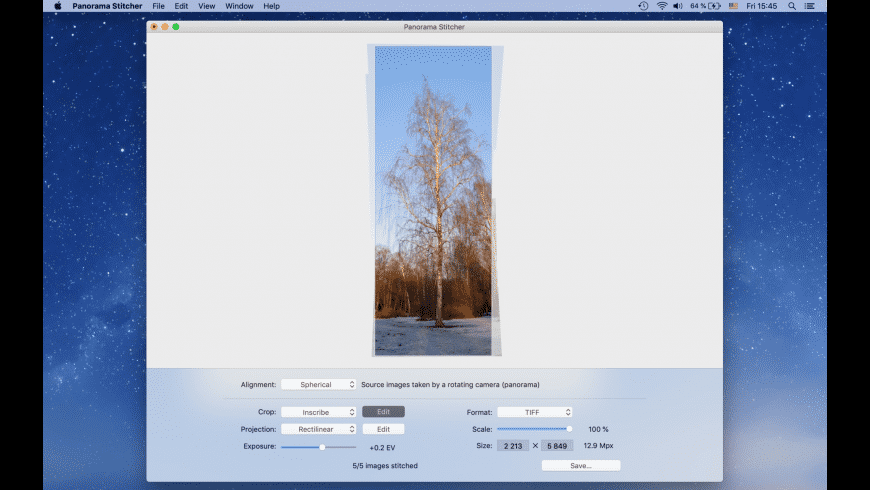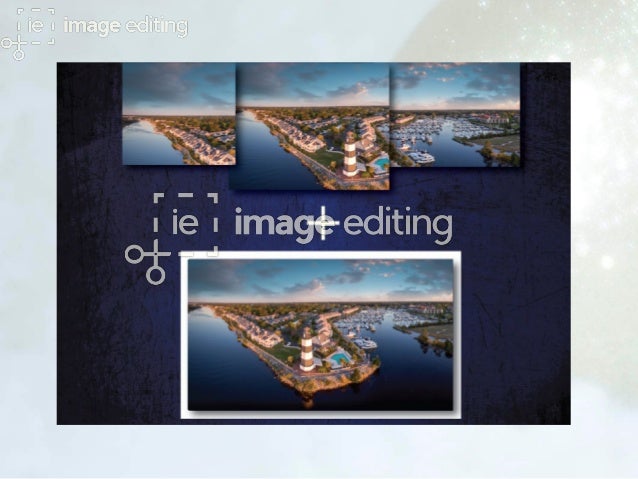

Background adjustments copied to Panorama Stitched image The table below lists background adjustments copied to Panorama Stitched image.

Please note, that layer adjustments are not included. Īdjustments applied to the resulting Panorama Stitch are taken from the first image in the selection in the main viewe r (like with metadata). The M etadata is copied from the first image in the selection in the main viewe r, it includ es S tars, Color rating, Keywords, Shooting date, Album, Session folder, Co pyright field, a ll EXIF and IPTC metadata. The Panorama Stitching notification message will appear in the top right corner, and if you click Show, you will be taken to the stitched image in Capture One. In order to receive the notification when Panora ma Stitching is Completed, you need to enable notifications in advance in both Capture One Preferences and System Preferences. When the stitching is done, the Panorama DNG will appear next to the input images. Once the preview of the Panorama is ready, you can click Stitch and the actual stitching will begin. To avoid this performance loss, the stitch size can be determined in four steps: 25%, 50%, 75%, or 100%. The expected size is displayed in pixels and the scale is displayed in megapixels.ĭepending on your hardware, the number of images, resolution, and projection, the process can take anywhere between 10 seconds to 20 minutes. If the resulting panorama gets too big, downscale the resolution while creating it or export it to TIFF if the PSD file hits its limit. NOTE: If you wish to convert your DNG file to PSD for further editing in Adobe Photoshop, please be aware of the following file limitations of the PSD format: it has a maximum height and width of 30,000 pixels, and a size limit of two gigabytes. The maximum supported resolution is 715 MP and the Panorama width or height cannot exceed 65,000 pixels. In this case, a warning will appear as shown below this performance loss, the stitch size can be determined in four steps: 25%, 50%, 75% or 100%. Images above 600 MP can still be edited in Capture One 22, but with decreased performance. Panorama DNGs that are more than 600 MP in resolution will suffer from poor editing performance in Capture One 22 as they exceed the file size Capture One can cache. NOTE: If the resolution or number of input images is high, then it will result in quite a large Panorama DNG. Vertical lines remain vertical, and lines going towards the vanishing point remain intact using this projection. Panini is useful for architecture where the vanishing point is at the center of the frame.

Perspective projection aims at simulating the field of view of your input images with the corresponding field of view of the wide-angle lens. This projection is useful for scenarios that cover less than ~100 degrees field of view and images captured with technical cameras using tilt/shift lenses. Vertical lines remain vertical using this projection. Spherical projection is useful for multi-row stitching with a large field of view both horizontally and vertically.Ĭylindrical is useful for a single row of images that cover a field of view of more than ~100 degrees. Depending on the number of images, scenes, and field of view your images cover, you can choose a projection of your input images that best suits the purpose. Please note, that i t takes some time to generat e the preview for the first time. A dialog box will appear, preparing a preview of the Panorama with the selected projection. Select the images you want to stitch, right-click one of them, and select Stitch to Panorama.Īlternatively, go to Image in the Menu and select Stitch to Panorama. This will ensure an even transition across skies and other similar areas, as in the example below.ġ. Capture One can stitch multiple rows so don’t restrict yourself.Ĭonsider if your images need light fall-off correction within Lens correction before stitching.Lock the focus and exposure between the shots.When shooting for Panorama stitches, consider following these principles for optimal results: Panorama Stitch Tool outputs a linear DNG that behaves like a RAW file for further editing. From now on, you can c reate stunning panorama perspectives, achieve super-resolution, or get creative with an extremely shallow depth of field from multi-row stitching – all in Capture One. Panorama Stitch ing feature has been introduced in Capture One 22 (15.0.0) to stitch RAW files into Panorama DNG files.


 0 kommentar(er)
0 kommentar(er)
